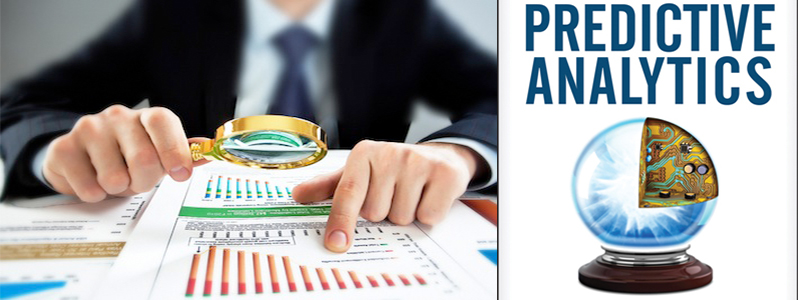
Jane looked down at her belly and smiled. One year prior, she’d had no idea she’d now be pregnant. But Target knew in advance.
Is life what happens when we’re making other plans, or is everything predictable? Eric Siegel discusses the promise and pitfalls of Big Data in his book, Predictive Analytics: The Power to Predict Who Will Click, Buy, Lie, or Die.
Big Data
There’s more information available now than ever before. In 2011, we collectively created enough information to fill 57.5 billion 32 GB iPads. If you stack these iPads up, you could build a Great Wall of China twice as tall as the original.
From this we’ve managed to collect a skeletal, informational view of human behavior from the mobile devices we all use, from remote sensing, software logs, cameras, microphones, RFID readers, and wireless sensory networks, which all makes up the intimate details of our lives. The further challenge is turning this information into intelligence.
By Siegel’s definition, predictive analytics is “technology that learns from experience (data) to predict the future behavior of individuals to drive better decisions.” This information can help us direct marketing resources more efficiently.
Was it the zinc?
So how did Target know Jane was going to be pregnant? It detected patterns in her purchases. In essence, her buying behavior told a story that was similar to that of thousands of customers before her.
People on Target’s baby registry buy more unscented lotion than other customers. Jane was purchasing unscented lotion like she was on the path to pregnancy a year in advance. But that alone indicated very little. Her purchase history, viewed collectively, painted a clearer picture. Several items waved like flags in the computer database. Target spotted Jane when she started buying zinc, calcium, soap, and cotton balls. She fit the profile.
Without information, a marketing team is like a blindfolded man playing darts. But with this type of data, it’s a more laser-guided game. Statisticians had parsed, pored, and processed the registry data in order to predict who was likely to become pregnant based on purchases. This allowed Target to communicate with these customers in a hyper-relevant manner.
Programming Intuition
Businesses use predictive analytics to do more than single out pregnant women. For example, HP uses it to predict which employees are hunting for jobs. Eric Gilbert and Karrie Karahalios used data from a massive sample of blogs to correlate the social mood with swings in the stock market. Insurers use PA to determine the premiums they should charge. Politicians use PA to determine who will donate money to their campaigns. Other companies use PA to determine who will defect to other brands.
The applications of predictive analytics are endless. The primary limits are technological and creative. “For ad targeting and other real-time PA deployments, predictions have got to zoom in at warp speed in order to provide value. Our online world tolerates no delay…” It takes creativity to assemble and weigh the different factors that drive decisions. It takes creative insight to find the story in the data.
Rewriting the Code
Another limit is the quality that makes humans human: the capacity for invention. PA uses data from the past to predict the future. But creativity empowers humans to move beyond what’s come before and to create something new. The same is true of brands. The best will always create products, services, and stories that lead the data.
Any thoughts on Seth’s review? Have you read Predictive Analytics: The Power to Predict Who Will Click, Buy, Lie, or Die? Let us know in the comments and connect with us on Twitter, Facebook, Google+, and LinkedIn.
Register for our FREE Resource Center and Newsletter to access our growing library of valuable Guide Books, Tip Sheets, and more!